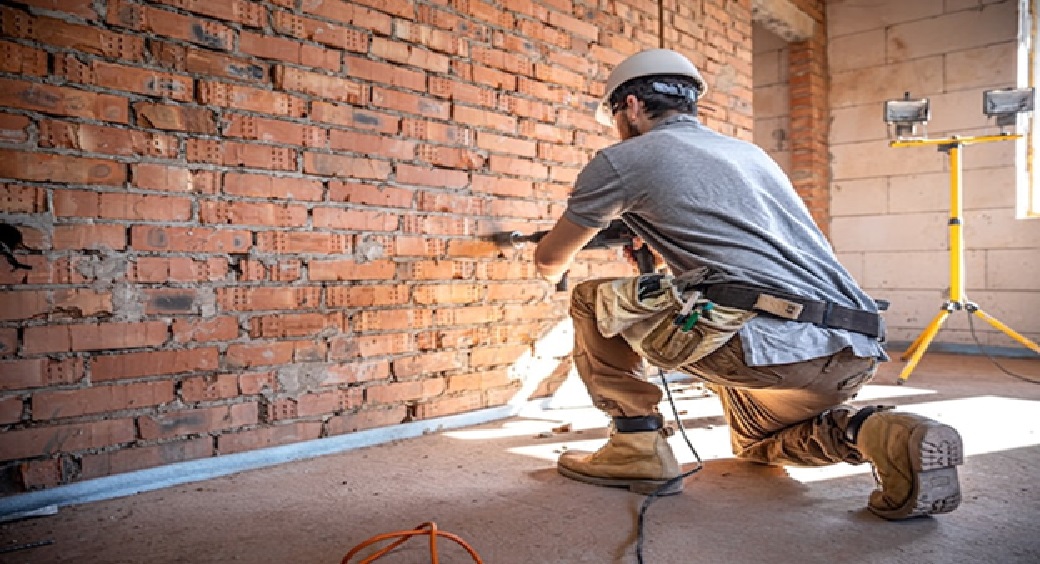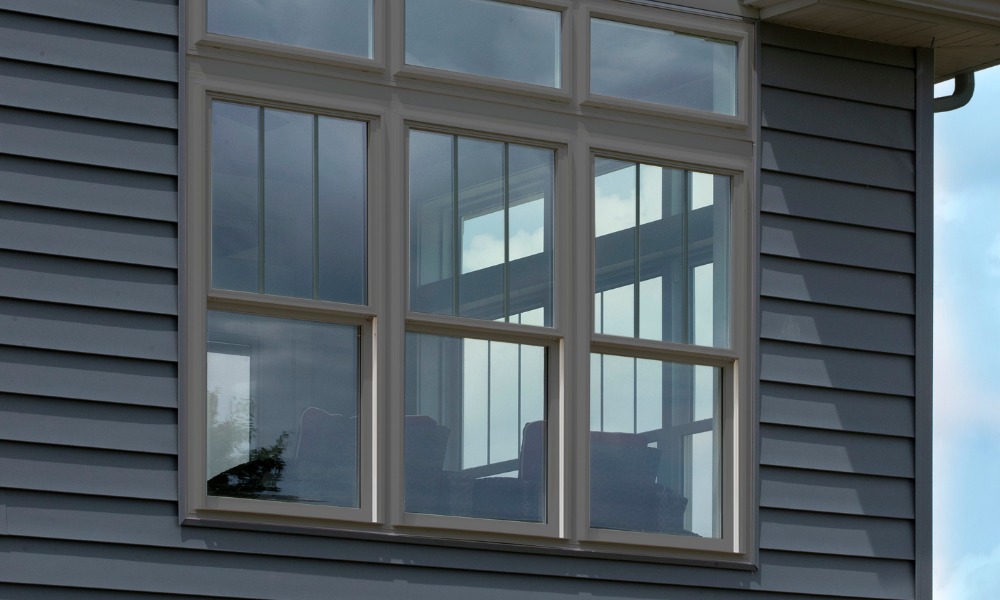Vernon Hills sits at a crossroads of suburban living and thriving commerce, busy households, retail hubs, and small manufacturers all moving goods and furniture in sync. That’s where Vernon Hills movers stand out. They don’t just carry couches: they coordinate complex cargo handling with residential relocation, safeguarding fragile heirlooms one day and receiving palletized shipments the next. The result is a smoother move, fewer handoffs, and real savings in time and stress. Read more to see how the best local teams make it look easy.
How Vernon Hills movers integrate cargo and household relocation
Integration starts with planning. Vernon Hills movers routinely serve both households and light commercial clients, so they blend practices from each side of the aisle, think route optimization, warehouse staging, and white‑glove handling, into a single, coordinated service.
Here’s how that plays out:
- Consolidated scheduling: When a family’s move overlaps with deliveries (new appliances, custom cabinets, or home‑office equipment), movers can accept inbound freight, inspect it, and stage it at a local warehouse. On move‑in day, those items ride on the same truck as household goods, landing in the right rooms without extra delivery fees or missed windows.
- Shared equipment and expertise: Pallet jacks, liftgates, curbside ramps, and e‑track systems aren’t just for commercial freight. They’re invaluable for gun safes, treadmills, wine fridges, and stone counters, reducing manual handling and damage risk.
- Unified inventory control: Commercial‑style inventory lists, barcodes or photo logs, help track both cargo and household items. That means clearer chain of custody, fewer “where did that go?” moments, and an easier claims process if anything needs attention.
- Local compliance and access: Vernon Hills neighborhoods can have HOA rules, elevator reservations, or parking constraints. Teams accustomed to retail dock timeslots apply the same discipline to residential access, booking elevators, pulling permits, and lining up coverage for loading zones so nothing stalls on move day.
An integrated approach is also budget‑friendly. Instead of paying separate vendors for receiving, storage, and delivery, clients can roll tasks into one project plan. And because the same crew handles both cargo and personal effects, communication stays crisp and accountability is crystal clear.
Best practices for heavy-item transport and fragile-goods protection
Moving in Lake County winters? Or navigating a townhouse staircase with a 300‑lb sectional? The best Vernon Hills movers lean on method, not muscle.
Heavy‑item transport essentials:
- Pre‑measure and map: They measure doorways, turns, and landings before move day, pre‑building a path for safes, pianos, and appliances. If clearances are tight, they plan alternative routes or partial disassembly.
- Use the right tools: Appliance dollies with straps, shoulder harnesses, stair‑climbing carts, and forearm forklifts reduce strain and protect walls. Liftgate trucks prevent drop‑risk during curbside transfer.
- Protect the structure: Corner guards, Masonite floor runners, and ram board shield surfaces. For icy driveways, crews sand or lay down traction mats to prevent slips while moving weighty pieces.
Fragile‑goods protection that actually works:
- Layered cushioning: Double‑wall boxes, foam‑in‑place for odd shapes, and cell kits for stemware. Dish packs get vertical orientation, not flat stacking, to distribute load safely.
- Art and electronics: Mirror cartons, custom‑cut foam, anti‑static sleeves, and original manufacturer packaging when available. TVs ride upright, padded, and strapped against e‑track, not laid flat.
- Mattress and upholstery care: Breathable covers prevent condensation in winter moves. For long hauls or storage, movers use desiccant packs and mildew‑resistant wraps.
- Smart stacking: Heaviest boxes at the base, fragile and high‑value items at eye level near the bulkhead. Everything is cinched with logistics straps so nothing shifts under braking.
One more pro tip: pack a “do‑not‑load” essentials kit, medications, chargers, school laptops, a few days of clothes, so the crew can focus on the heavy lifting while the family keeps daily life running. It sounds small, but it prevents frantic unpacking at midnight.
Storage solutions for seasonal or overflow residential inventory
Between holiday decor, patio sets, and kids’ outgrown gear, homes in Vernon Hills often need flexible storage. Movers who handle both cargo and residential relocation can plug the gap with scalable options, short‑term, long‑term, or just a few weeks during a remodel.
Popular storage approaches:
- Climate‑controlled vaults: Ideal for wood furniture, musical instruments, and wine collections. Consistent temperature and humidity help prevent warping, cracking, and mold.
- Palletized or racked storage: Great for overflow inventory like bulk Costco hauls, small business stock, or garage clean‑outs. Pallets are wrapped, labeled, and quick to retrieve.
- Portable containers: For homeowners renovating kitchens or basements, yard‑placed containers can store cabinets, tools, and appliances. Crews load and secure items: the container sits on‑site or at a secure facility.
What to expect from a quality storage program:
- Itemized intake: Photo documentation, condition notes, and barcodes at the warehouse door. When it’s time to “pull” a sofa or a box of winter coats, staff can find it fast.
- Insurance clarity: Homeowners’ policies may cover goods in transit but not in storage. Reputable Vernon Hills movers explain valuation options (released value vs. full value) so coverage matches the true cost to replace.
- Easy access windows: Some facilities offer scheduled access hours or concierge retrieval so clients don’t spend Saturday rummaging in a cold unit.
Seasonal swap trick: in late fall, schedule a one‑hour “exchange.” Movers pick up patio furniture and drop off holiday totes in one trip. In spring, they reverse it. It keeps garages clear and sanity intact. Read more ideas like this in local moving checklists and seasonal storage guides.
Safety protocols followed during loading and unloading operations
Safety isn’t a poster on a breakroom wall: it’s a minute‑by‑minute discipline. Leading Vernon Hills movers standardize protocols to protect crews, clients, and cargo.
Core safety measures:
- Jobsite briefing: A two‑minute tailgate talk covers weather, footing hazards, stair counts, pet plans, and special items. Everyone knows their role before the first box moves.
- PPE and ergonomics: Gloves with grip, steel or composite toe shoes, and back‑support belts for repetitive lifts. Teams rotate on heavy runs to prevent fatigue.
- Safe truck setup: Parking with cones and chocks, hazard lights on, ramp angle under safe limits, and e‑track inspected before strapping loads.
- Lift technique and assists: Bend at the knees, keep loads close to the body, and call team lifts for anything over safe single‑carry thresholds. Dollies and sliders are the default, not the backup.
- Weather adaptations: In winter, salt and shovel paths first: in summer, hydrate and schedule heavier lifts early. Electronics and finishes get temperature‑aware handling.
Compliance and documentation:
- Licensing and coverage: Illinois licensing, USDOT numbers for interstate moves, and COIs (certificates of insurance) for buildings that require them.
- Incident readiness: First‑aid kits on every truck, spill kits for any equipment leaks, and a simple near‑miss log. Documenting “almost incidents” helps prevent real ones.
This attention to safety speeds up the day. Fewer trips to rewrap a dinged dresser, fewer injuries, fewer delays. It’s the quiet reason professional crews finish on time.




